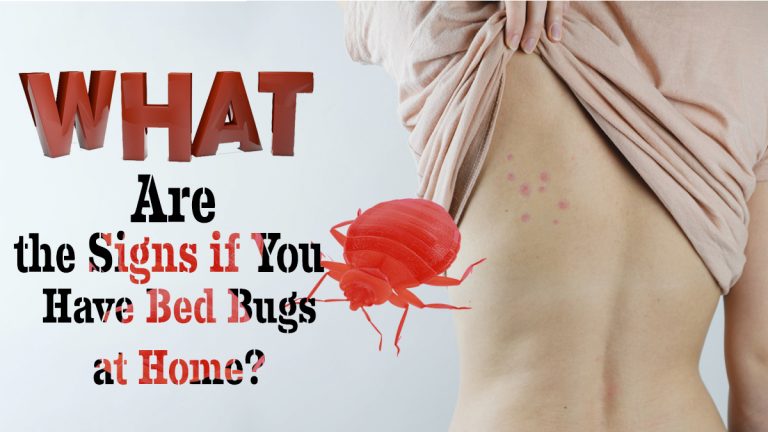Last Updated on June 4, 2024 by Nasir Hanif
What are bed bugs?
Bed bugs are species of insects commonly found inside your home. On the bed as the name suggests. They feed primarily on the blood of humans and animals. These creatures are small about 4-5mm for adults having a flat bodies with dark red to dark brown colors. These are nonflying insects and the fully matured female can lay eggs from 200 or more in one reproduction. These pesky critters have been living with us for hundreds and millions of years.
Bed bugs enter your home through clothes, used bed sheets, luggage, and most items brought in and out of your house. They do not have nests or build one but tend to take shelter in groups inside holes, cracks, and crevices.
Initially, they live under your mattress, inside bed frames, and on headboards. This makes it accessible for them to be close to their favorite feeding ground, your body. They are usually active at night and feed on you while you are sleeping. Like mosquitos, they suck on your blood and leave you only when they are full. They then crawl back into their hiding places after they feed. Their bites are painless but tend to itch later on. They do not have any specific area for biting as long as your skin is exposed while you are asleep. Treating bed bug bites initially is by washing them with soap and water to help prevent infection and ease the swelling.
Some common signs that you have a bed bugs infestation:
- You wake up with itchy bumps. Bed bug bites are usually small. Swelling and redness are common indicators. Bite sites are usually on the arms and hands, legs and feet. Their bites are unnoticeable because they inject a form of anesthetic while they are biting and sucking your blood. The bumps may be intensely itchy and may or may not have blisters on them. Sometimes the bites may cause allergic reactions and in some cases asthma. The bites sometimes make a linear pattern.
- There is a prominent musty odor from their scent glands. Especially when there is a huge infestation.
- Dark spots on your bed sheets that probably are dried blood, fecal matter, eggs, egg shells, or dried bed bug skin
- Of course, you see them. They are not hard to miss, especially the adult bed bugs.
- There are visible stains on your bed which range from rust to dark red in color.
- They also hide between books, telephones, and even inside your closets.
- You may have bought second-hand furniture like mattresses, headboards, and couches.
- Ask around. Maybe your neighbors are also experiencing the same infestation.
Tips on how to get rid of Bed bugs:
- Cleanliness – clean your mattress, bedsheets, linens, curtains, and other cloth materials that may harbor these organisms. Use hot water and blow dry them at the highest temperature possible.
- Vacuum cleaners – use this equipment to clean your sleeping quarters and areas near them. Include your bed and underneath it.
- Declutter your unused things – throw away useless junk for they may be shelters for bed bugs.
- Heat treatment, Cold Treatment, and Steam cleaners are nonchemical methods for getting rid of bugs. Bed bug heat treatment in Owings Mills PA has been successful in its work using this form of solution.
- Before hiring a professional, always check if the infestation can be managed by you alone. Some professional work is costly and sometimes inessential if you just have a mild infestation.
The reason why these insects survived for so long is that they are smart enough to find good shelter. They are efficient travelers and can transfer from one house to another. Hitching a ride on clothes and luggage. Their elusiveness is one of their main talents. It is important to be vigilant when traveling on public transportation, staying in hotels, or even in the public library. Just be sure to check and inspect your clothes and belongings before coming into your home.
Prevention is better than control
Bed bug extermination may not be a tedious task. Early detection of signs and indicators is always the key thing to do so that you won’t have any problems in the long run. To save you time and effort, always remember to confirm if there are really bed bugs around. Because sometimes, bite marks can be associated with other insects such as ants, mosquitoes, beetles, and even cockroaches.

